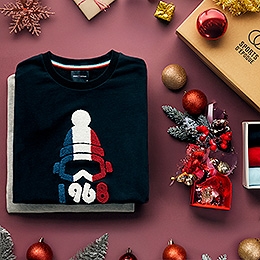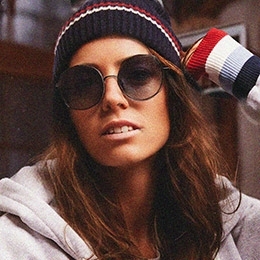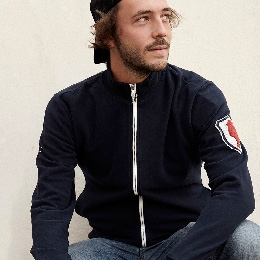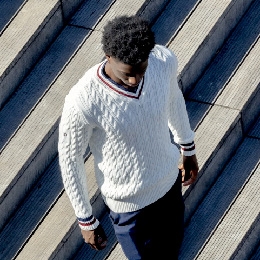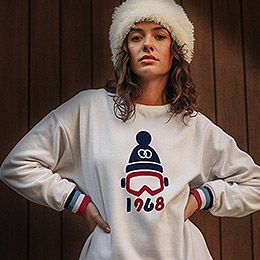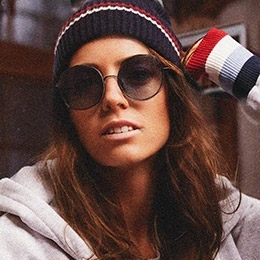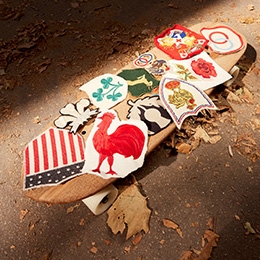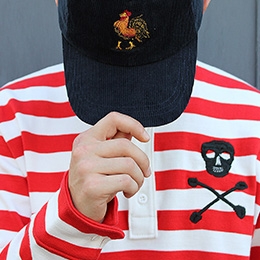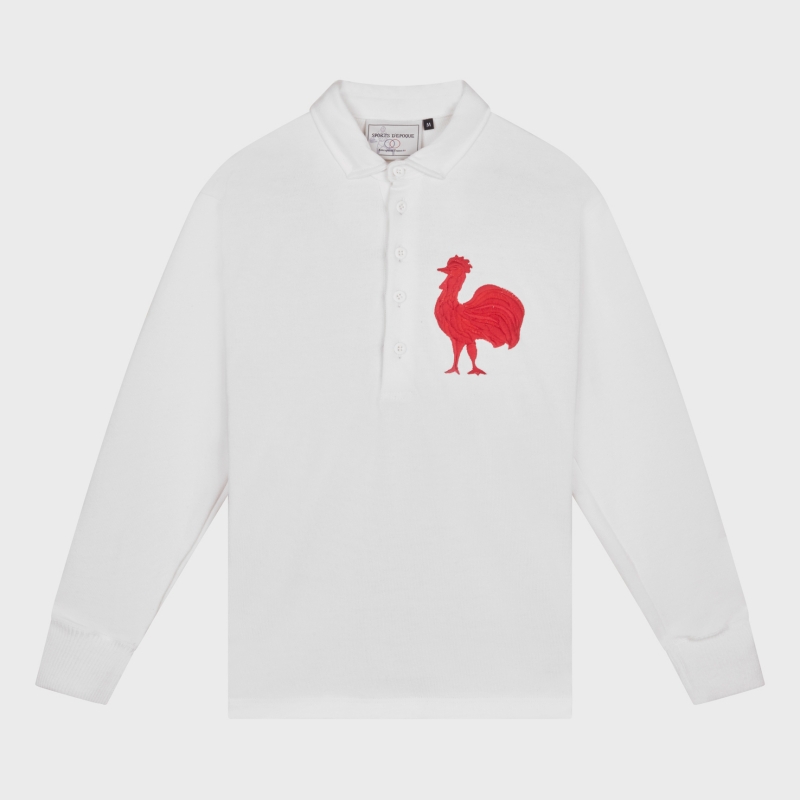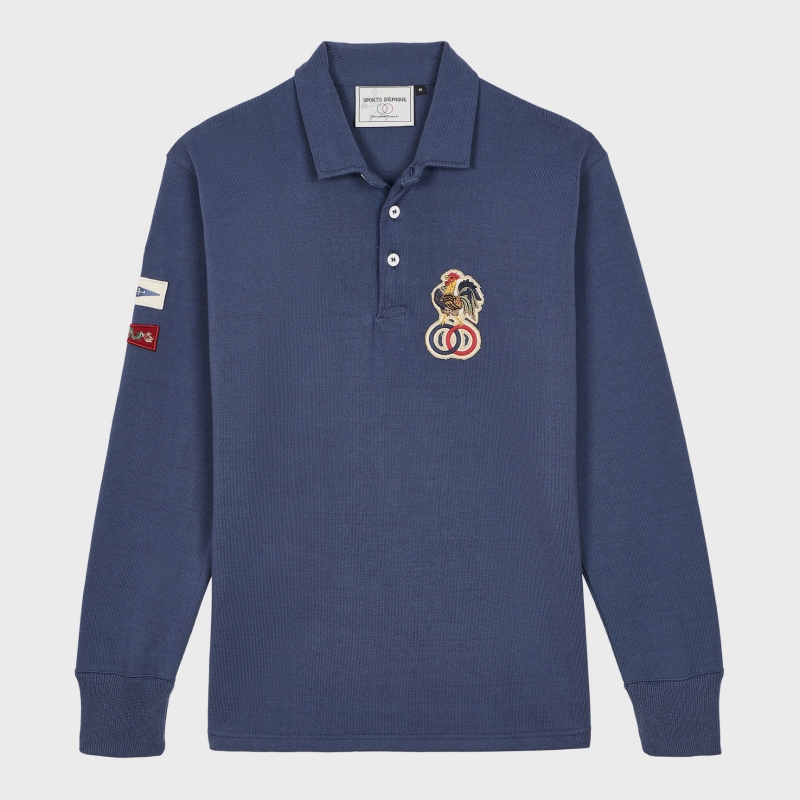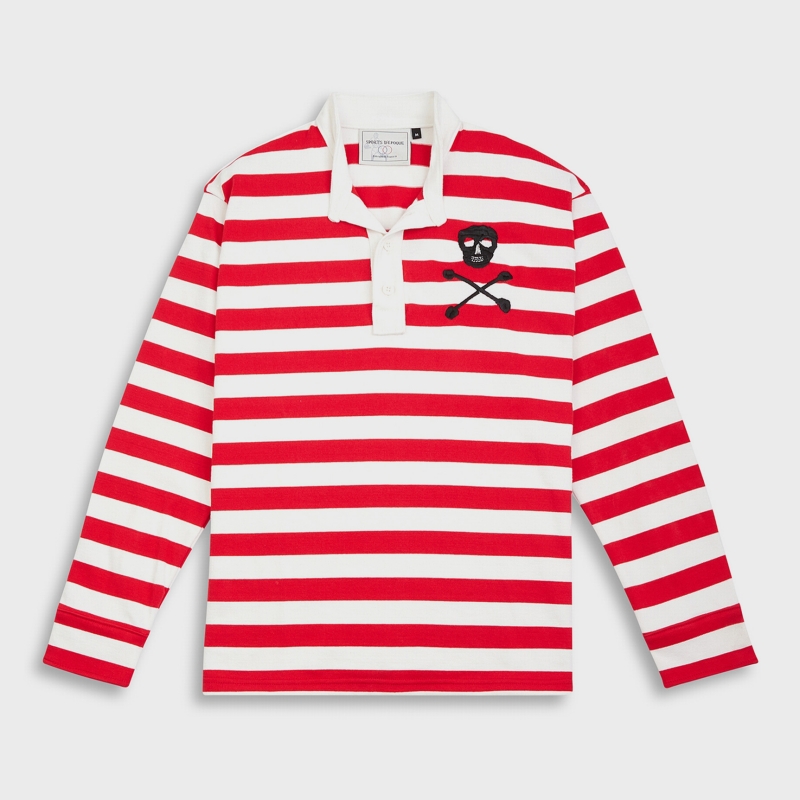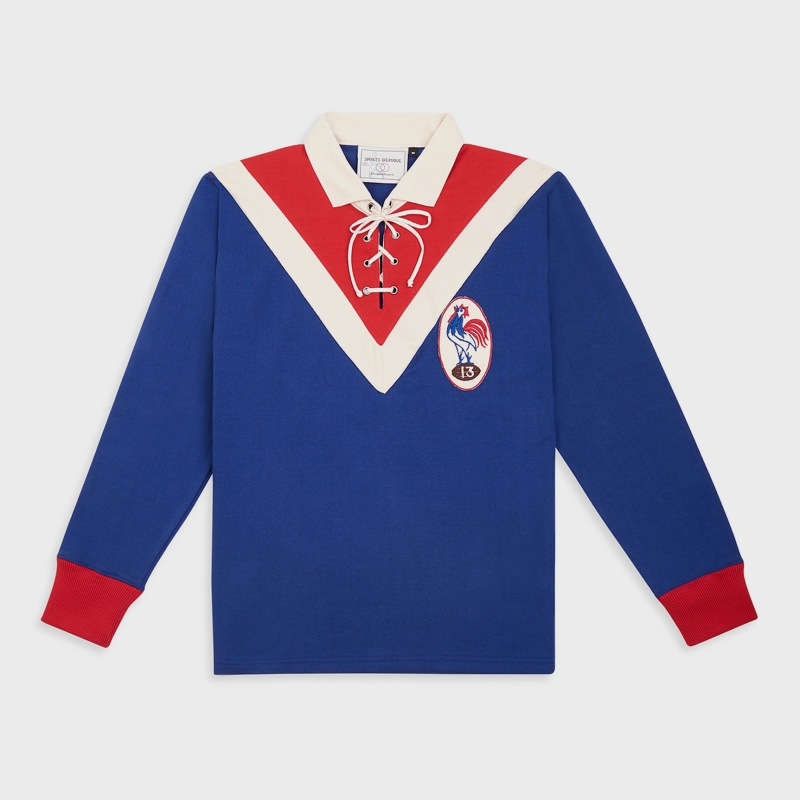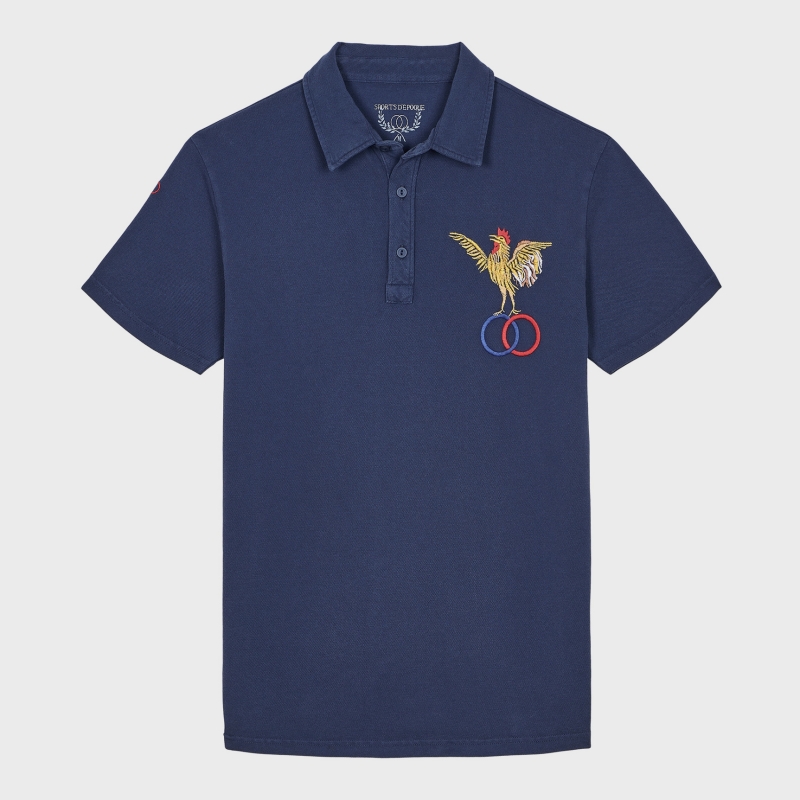Blog - Rugby
SPORTS AND HISTORICAL ANECDOTES,
TO SHINE IN SOCIETY
Rugby
CAN YOU CALL YOURSELF
RUGBY WORLD CHAMPIONS?
Yes, the French have done it, or almost done it, and twice! First in 1951, after the French XIII rugby team toured Australia. The XV also did it in 1958, after the French team's victorious tour of South Africa.
" TRY " TO FIND WHERE
THE WORD TRY COMES FROM?
In rugby, the word "try", meaning the act of flattening the ball in the opposition's in-goal, goes back to the origins of the sport. In those days, a try didn't give you any points, but only the right to try and kick the ball between the posts, i.e. to score a goal (which gave you a single point), as in soccer.
1919 - 2019 - 100 YEARS AGO:
THE FORGOTTEN WORLD CUP
In the years after the war, what could be done to keep the troops busy? Sport, of course, from morning to night... And so the King's Cup was born, originally dubbed the "Inter-Arms Rugby Tournament", before the King himself donated the trophy.
The armed forces of New Zealand, Australia and South Africa were invited to put together teams of their best players. The French were invited to play the cup winners, the New Zealanders, and held their own in the first half, although the second half was more difficult!

HOW MANY TIMES HAVE THE FRENCH TEAM
PLAYED IN RED?
According to our sources, and they are reliable! 3 times. Twice in 1958 (France-Australia and France-Italy) and once in 1959 (France-Scotland).
FROM RUGBY TO CLIMBING
Yvon Chouinard, head of the famous Patagonia brand, democratized the rugby jersey. At the time, he was importing them from England, New Zealand and Argentina for resale to climbers! The collar was superbly adapted for carrying large ropes, and the fabric was very resistant.
IS IT POSSIBLE TO BE A POLYTECHNICIAN
CAPTAIN OF THE FRENCH RUGBY TEAM?
It happened to Yves du Manoir, whose talent and tragic fate left their mark on rugby. He died at the age of 23 in a plane crash in January 1928.
HOW MANY KILOS IN 40 YEARS?
Over the past 40 years, the average size of rugby players has exploded: they have grown by an average of 9 cm and 18 kg. As a result, impacts are more violent than before: for example, a player attempting to stop a 130kg winger would absorb an energy of 6500J, equivalent to a small scooter travelling at 40 km/h.

CAPTAIN AND WAR HERO
Maurice Boyau's immense talent earned him 6 caps for the French national team. He became captain of the team in 1913. When war broke out, he was drafted into an infantry regiment. In February 1916, he obtained his pilot's license and insisted on joining a combat unit. He joined escadrille 77, known as the "sportsmen's escadrille" (nicknamed after the many top athletes who made it up).
From 1917 onwards, he won numerous aerial victories until the summer of 1918, when he was made an Officer of the Legion of Honor. On April 8, 1917, he captained the French team in an exceptional match between French and New Zealand soldiers. This historic match, which resembled an intermission in the Great War, was won 40-0 by the New Zealanders.
On September 16, 1918, he was killed by German artillery at the dawn of his 30th birthday. He took with him 35 victories, making him the 5th French ace of the war. Before his sudden death, a rugby match had been scheduled, and the entire team photographed... the game was still played with 14 players, as his Racing comrades refused to replace their captain.
WHEN WAS FRENCH FLAIR BORN?
Although the term "French Flair" did not yet exist in 1920, the years 1920, 1921 and 1922 saw the first away victories in the V Nations tournament and the first draw against England. René Crabos, known as "Le Génie du Rugby" in Great Britain, embodies the transformation of the French team. One of the greatest tacticians in the history of French rugby, this talented player was the pioneer of inventive rugby.
THE FIRST ROOSTER IN HISTORY WAS WORN
BY FRENCH RUGBY PLAYERS!
It was during a France-Ireland match that this rooster, "probably red" according to various sources, appeared. The year was 1905, and the rooster was unique not only in its history, but also in its size and shape! It wasn't until 1912 that the rooster appeared again, cohabiting with the rings of the Union des Sociétés Françaises des Sports Athlétiques (U.S.F.S.A.), then replacing them definitively in 1922 after the creation of the current official body.

